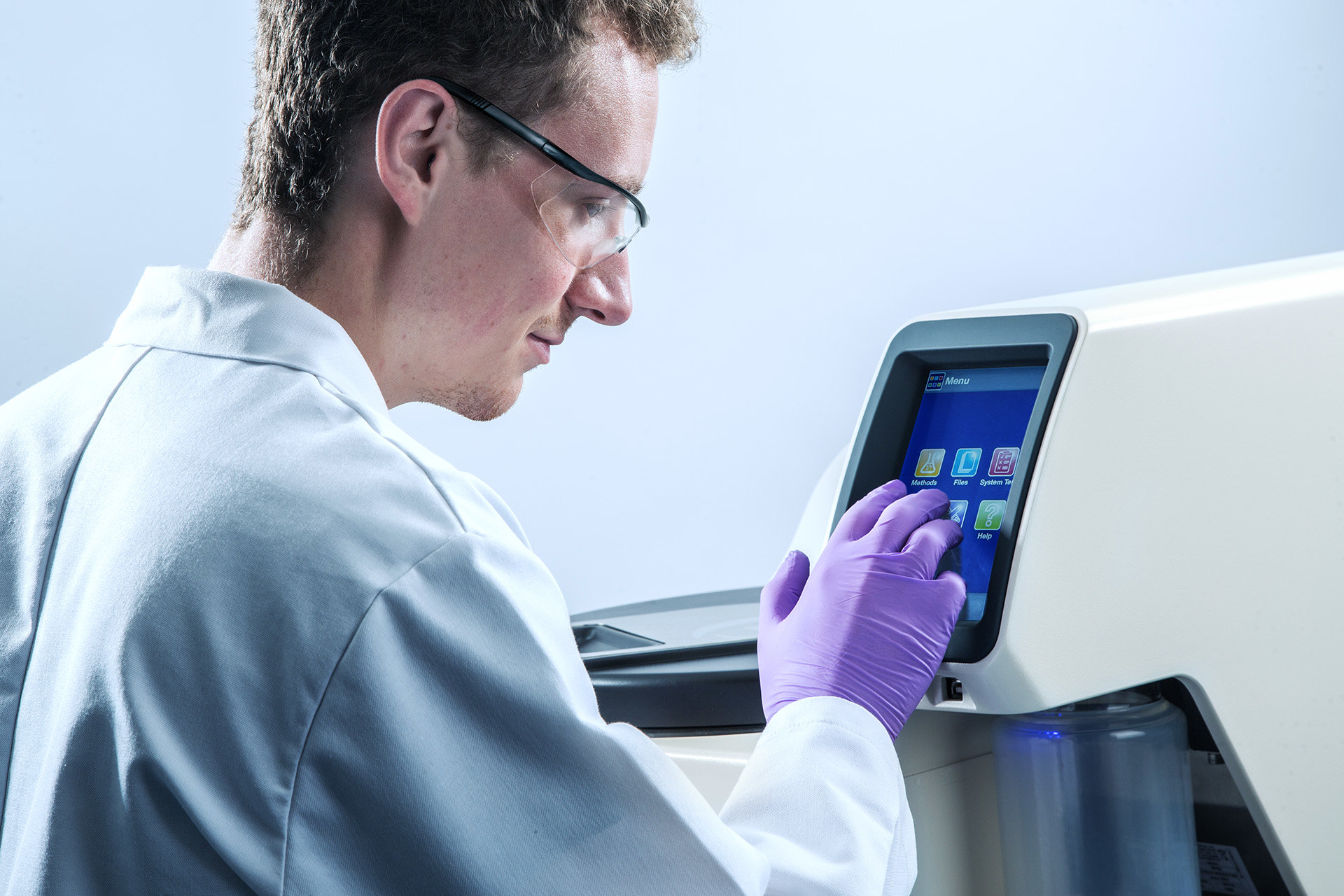During freezing, a uniform solution is transformed into a heterogeneous mixture of ice, freeze-concentrate and any crystallized solute. The rate of freezing (defined as the mass of ice formed per time) influences the morphology of ice and its distribution in the frozen plug. The ice morphology and distribution influence the primary drying time and product temperature. When freezing on the freeze-drying shelf, freezing takes place in two distinct steps. There is the initial fast freezing of a small fraction of ice that occurs upon nucleation to form a slush. This is followed by slower freezing that depends largely on the difference in temperature between the slush in the vial and the shelf temperature.
This webinar will cover i) calculation of the approximate fraction of ice formed in the “nucleation” step, ii) calculation of the approximate fraction of ice formed as the product is cooled, iii) approximation of the concentration of the remaining freeze-concentrate, iv) solute crystallization, v) chemical and physical reaction in the freeze-concentrate and vi) the effect of freezing protocol on the primary drying rate.
Presented by Dr. Robin Bogner, PhD, Professor of Pharmaceutics at UConn
Speaker
Robin Bogner, PhD
Professor of Pharmaceutics, University of Connecticut & Director, CPPR











